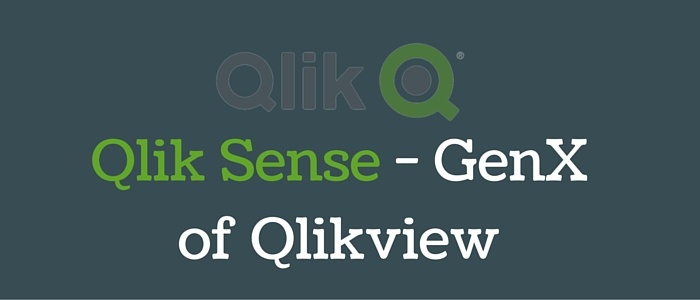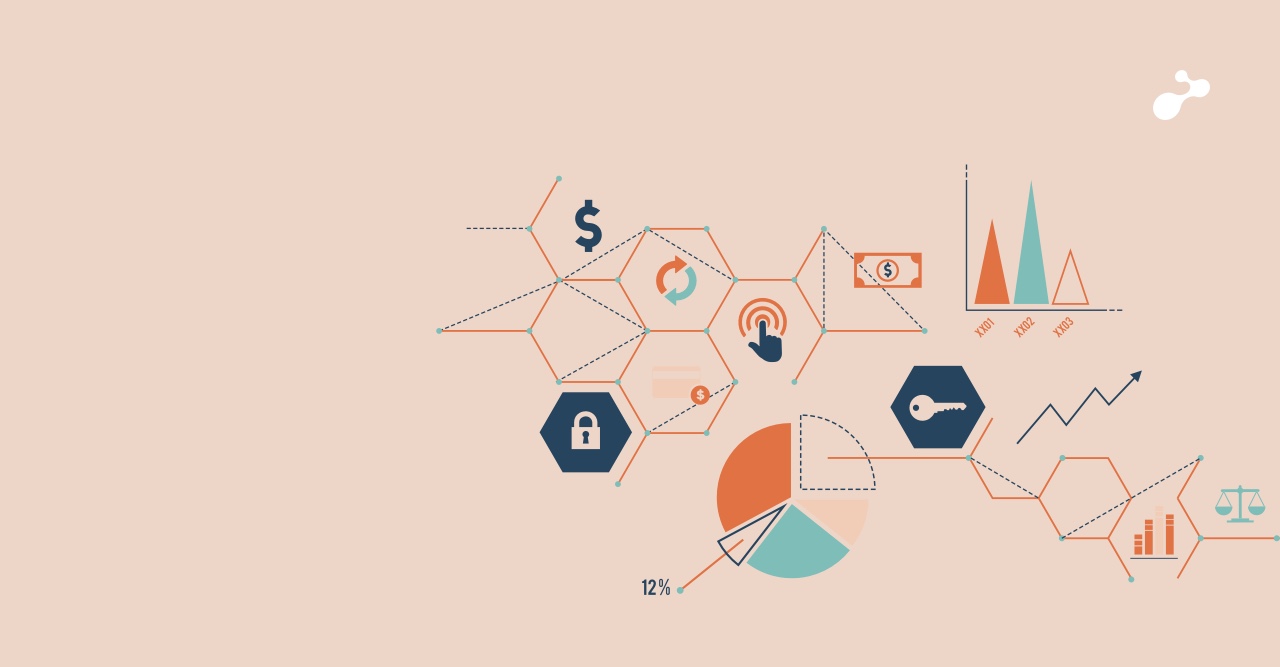Business Context
Today manufacturing industry is going through different challenges than a decade ago. Decade ago, we were talking about competition from global players, low cost producers and managing constantly changing customer expectations, our processes and systems. Though they are still valid, few more have got added. Today industry is getting pressurized for fighting all the evils of the past and at the same time does not have right information system to diagnose and take meaningful actions to reduce these competitive pressures.
Over a period of time industry has fought all these challenges in the best suitable way like setting up systems and processes, adopting quality cultures like TQM, TPM, Kaizen, Quality Circles and 6 sigma etc. Industry also got accredited for various quality certifications like ISO 9001, 14001 and many more. All these initiatives have helped industry to improve their efficiency and effectiveness to great extent, also survive and excel in the business domain they are in.
All these maintenance and improvement initiatives in the organization have generated humongous data. In my opinion question today is “How one can use this data for making decisions?” In a lighter vein I always call it as paralysis of analysis. We should refer to one beautiful statement made by Mr. Eliyahu Goldratt in his book “The Haystack Syndrome”. He says, “Maybe we should define information not as ‘the data required to answer a question’ but as ‘the answer to the question asked’. He further says, “That way information is not input to the decision making process, it is the output of the decision making process”.
Now this poses a bigger challenge as we never defined information that way. Information that is collected in the organizations is rarely holistic. Majority time this information is in a disintegrated fashion. Data on related and unrelated parameters is inadequate or not available making it difficult to compare, tweak and forecast the performance. Organizations find something called as “Fact Gap” between data and usable information due to various reasons which we will discuss in this article.
One reason comes immediately to my mind is many organizations have different IT systems in the different functions they have and data collection is happening in a disintegrated fashion. This makes it difficult to have consolidated view to produce relevant information (decision). The big picture is missed out. As usual actions taken are sub-optimized and do not give results, which are all comprehensive.
Also I have seen data gathered at different pockets in the industry does not percolate down to various levels vertically and horizontally, which again makes it difficult to take decision without having knowledge of impact it has in different areas.
The IT systems that are implemented in many organizations are not able to generate desired reports. Majority of the reports generated are static and there is dependency on IT function in the organization to generate these reports. These reports take long time to respond and cannot be used for forecasting to great extent.
The data, reports and information based on them is called as Business Intelligence which is getting widely accepted across industry sectors.
Challenges faced by the organizations
- Having bird’s eye view at organizational and functional levels
- Availability of information at all locations
- Integration of data at organizational level
- Fast and flexibility to generate ad-hoc reports
- Flexibility to add new data sources in the current system
- Capability to drill down to elemental level data for better decision making
- Benchmarking ability with competitors
- Data on key elements retaining customers
- Proactive assessment of the situation
- Ability to forecast
All these challenges inhibit “Timely and effective decision making”.
Business intelligence has become a necessity for the organizations, not only to look at historical, present data, analyze and take decisions but it provides an opportunity to tweak parameters to simulate results for better forecasting. In one way it is like DOE (Design of Experiment); however the difference in BI (Business Intelligence) is that we can simulate past data by tweaking parameters to understand trends and not like actually conducting experiments and observe results like DOE.
Benefits
In my opinion benefits that organizations can accrue from BI are many. Already some of them are discussed in the previous paragraphs; however I cannot resist myself to mention all of them together.
BI helps to provide proactive responses to customers, which helps to improve customer relationship.
It helps to handle ever changing market place expectations.
It is easy to take effective decisions in case of new products management and estimate time to market in their case.
BI helps to manage inventory at the optimal cost and helps improve performance of operations, scheduling and procurement systems.
QA data gets analyzed and provides direction for making enhancements in the product and handle customer complaints in better fashion.
Decision on introducing new technologies is possible by using BI.
Reports are not at the end of line or after the fact but they are generated upstream for better decision making.
Report generation is having flexibility and they are dynamic.
It is possible to compare lateral parameters and cross functional performance can be analyzed in a better fashion.
Lateral communication gets better and transparency is brought in which helps build trust.
Most important benefit I see is, accuracy of data gets improved because of visibility to larger group in the organization.


.jpg)







